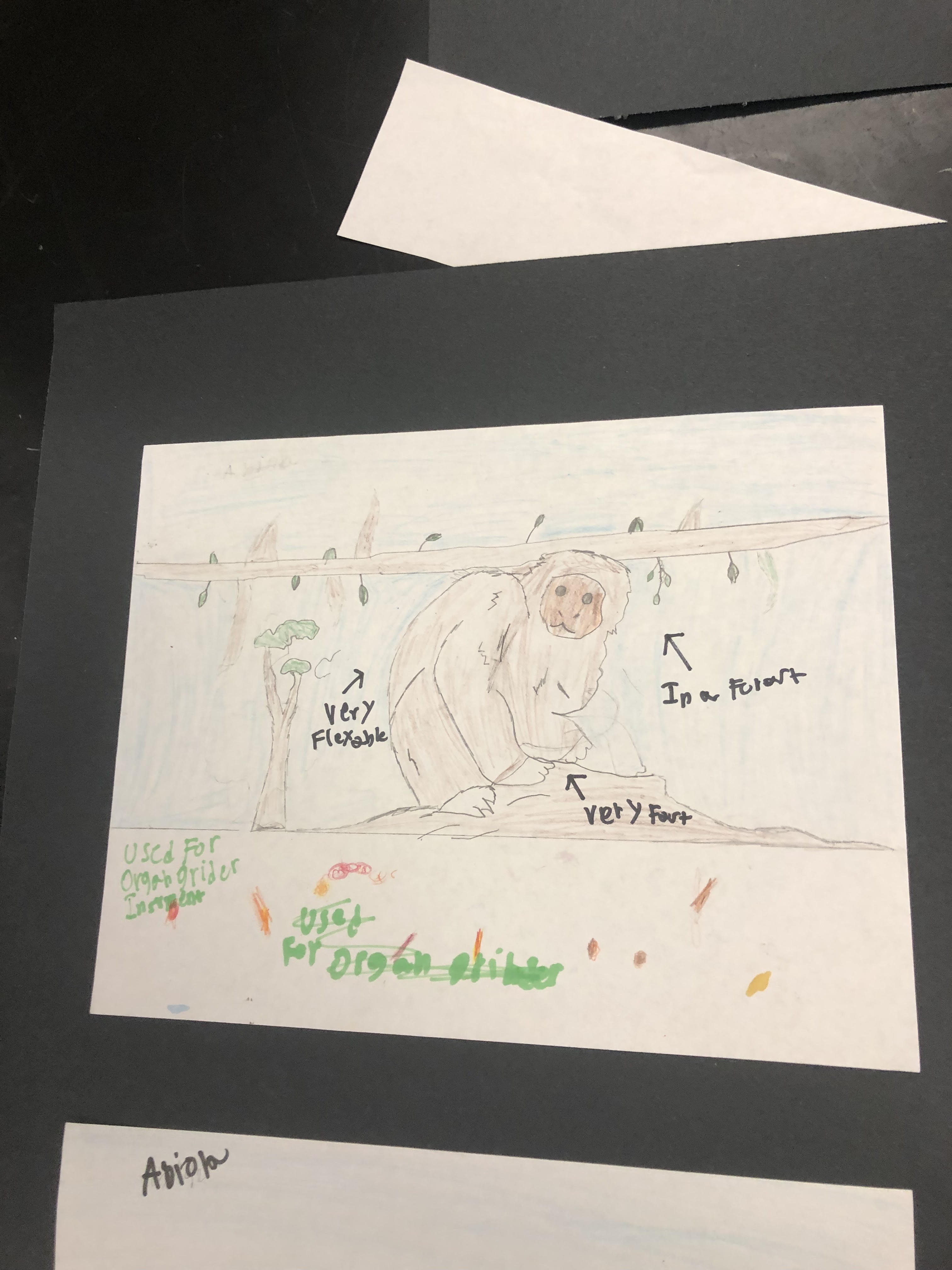The versatile Capuchin monkeys, adept at arboreal life in Central and South America, face an evolutionary shift due to climate change altering their familiar landscapes. Thriving in forests and utilizing their semi-prehensile tails for balance, these social omnivores navigate their habitat changes.
Current adaptations, from agile tree traversal to social organization within clans, suit their forest existence. However, climate-induced shifts prompt evolution. As their habitat transforms, Capuchins evolve further. Their arboreal prowess adapts to foraging on the ground, necessitating modifications to movement patterns. Evolution ushers in enhanced ground foraging techniques, aligning with altered diurnal feeding habits. Their semi-prehensile tails acquire new functions, aiding in ground locomotion and stability, adapting to the changing landscape.
This evolutionary journey highlights the Capuchin's adaptability, showcasing nature's ability to equip species for survival amidst the challenges posed by climate change, enabling these monkeys to navigate and thrive in evolving environments.
Contact us
Thank you for your interest in contacting Future Engineers. We look forward to connecting with you!
General Inquiries
support@futureengineers.orgSponsorship Inquiries
sponsor@futureengineers.org

